Tiny bodies react to raised voices before brains can process language. Heart rates increase and breathing patterns change immediately. These biological responses wire the nervous system for hypervigilance.
Toddlers develop ‘conflict anticipation’ behaviors before verbal skills emerge
Pre-schoolers memorize patterns leading to fights. They may hide toys or retreat to corners when tension builds. These survival strategies replace normal exploratory play.
Elementary-aged children become emotional barometers for household tension
Kids 6-12 accurately predict fights based on subtle cues. They track parental tones, body language, and daily routines. This surveillance drains mental energy from learning.
Teens in high-conflict homes often parent their parents
Adolescents become unwilling mediators or emotional caretakers. This role reversal stunts identity formation. Many develop anxiety about relationships.
Children remember exact words from arguments years later
Specific phrases become emotionally charged triggers. The brain prioritizes storing verbal injuries over positive memories. These wounds reopen during adult conflicts.
Financial disputes create unique behavioral mirroring in children
Kids may hoard food or steal money after money fights. They unconsciously replicate the resource anxiety they observe. Material security feels fragile.
Kitchen arguments cause more distress than bedroom ones
Shared spaces represent communal safety. Violations there trigger deeper anxiety. Children avoid these areas after fights.
Morning conflicts manifest in afternoon stomach aches
Physical symptoms follow predictable timelines. School nurses often see stress-related complaints after turbulent mornings. The body keeps score.
Birth order determines default coping mechanisms
Eldest often become perfectionists. Middles withdraw while youngest act out. These roles solidify before age ten.
Children track time between fights with startling accuracy
Mental clocks measure peaceful intervals. Even young kids estimate “good periods” duration. This chronic timing indicates stress.
Certain words trigger immediate physical reactions
Terms like “divorce” cause visible flinching. Kids develop physiological responses to conflict vocabulary. The body reacts before the mind.
Dinnertime fights correlate with eating disorders
Food becomes entangled with tension. Shared meals lose nurturing associations. Some develop lifelong aversions.
Kids notice which parent initiates most conflicts
The perceived aggressor becomes feared. The other seems vulnerable. This shapes fundamental relationship templates.
Children’s drawings reveal unspoken perceptions
Recurring motifs include barred doors and oversized ears. These symbols represent isolation and hypervigilance. Art becomes a diagnostic tool.
Vehicle arguments have distinct auditory signatures
Car door slams become metrics. Kids interpret force and duration. These sounds trigger panic responses.
Weekend fights show longer behavioral fallout
Without school structure, recovery takes longer. Teachers notice Monday regression. The impact echoes through the week.
Pets display stress behaviors mirroring kids’ reactions
Dogs hide and cats overgroom during conflicts. This parallel response confirms environmental toxicity. Animals validate children’s experiences.
Children develop ‘conflict weather forecasting’ skills
They predict storms based on subtle cues. Coffee consumption or tie choices become indicators. False alarms create constant anxiety.
Recurring nightmares follow specific patterns
Dreams feature drowning or paralysis. These metaphors mirror waking helplessness. Sleep offers no escape.
Kids remember what parents wore during big fights
Visual details anchor traumatic memories. Clothing becomes a mnemonic device. Random items trigger flashbacks.
Parental makeup sex confuses emotional boundaries
Rapid anger-to-affection transitions distort blueprints. Kids struggle to reconcile these extremes. Intimacy becomes frightening.
Certain holidays have higher conflict predictability
Anniversaries of past fights trigger anticipatory anxiety. Preparations begin weeks in advance. Celebration becomes impossible.
Parental conflict alters music processing
Songs playing during fights become permanently aversive. Musical memory gets hijacked by trauma. Pleasure turns to pain.
Kids monitor alcohol consumption patterns
They track drinking as a conflict predictor. Liquid levels in bottles become risk indicators. Sobriety equals safety.
Sibling alliances form along conflict lines
Kids bond with least volatile siblings. These alliances often continue into adulthood. Shared trauma creates unbreakable bonds.
Time perception distorts during parental fights
Minutes feel like hours. This temporal dilation intensifies trauma. The mind stretches painful moments.
Children notice which objects get thrown
Projectile choices inform threat assessment. Breakables indicate escalation risk. Kids catalog dangerous items.
Post-fight insomnia gets carefully noted
Sleep disturbances transmit intergenerationally. Kids track parental rest patterns. Exhaustion becomes normal.
